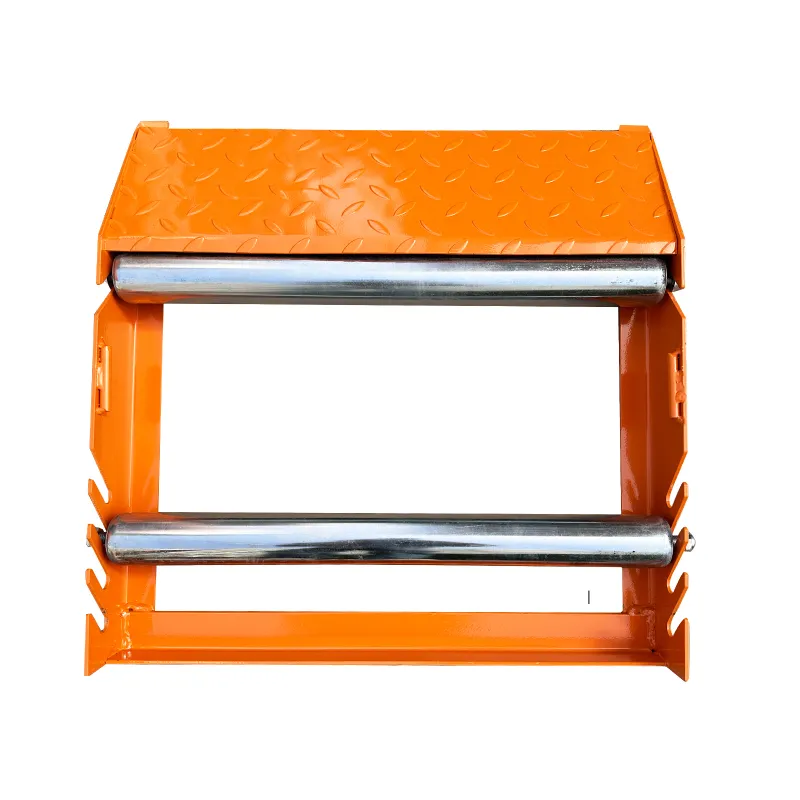
-
 Afrikaans
Afrikaans -
 Albanian
Albanian -
 Amharic
Amharic -
 Arabic
Arabic -
 Armenian
Armenian -
 Azerbaijani
Azerbaijani -
 Basque
Basque -
 Belarusian
Belarusian -
 Bengali
Bengali -
 Bosnian
Bosnian -
 Bulgarian
Bulgarian -
 Catalan
Catalan -
 Cebuano
Cebuano -
 Corsican
Corsican -
 Croatian
Croatian -
 Czech
Czech -
 Danish
Danish -
 Dutch
Dutch -
 English
English -
 Esperanto
Esperanto -
 Estonian
Estonian -
 Finnish
Finnish -
 French
French -
 Frisian
Frisian -
 Galician
Galician -
 Georgian
Georgian -
 German
German -
 Greek
Greek -
 Gujarati
Gujarati -
 Haitian Creole
Haitian Creole -
 hausa
hausa -
 hawaiian
hawaiian -
 Hebrew
Hebrew -
 Hindi
Hindi -
 Miao
Miao -
 Hungarian
Hungarian -
 Icelandic
Icelandic -
 igbo
igbo -
 Indonesian
Indonesian -
 irish
irish -
 Italian
Italian -
 Japanese
Japanese -
 Javanese
Javanese -
 Kannada
Kannada -
 kazakh
kazakh -
 Khmer
Khmer -
 Rwandese
Rwandese -
 Korean
Korean -
 Kurdish
Kurdish -
 Kyrgyz
Kyrgyz -
 Lao
Lao -
 Latin
Latin -
 Latvian
Latvian -
 Lithuanian
Lithuanian -
 Luxembourgish
Luxembourgish -
 Macedonian
Macedonian -
 Malgashi
Malgashi -
 Malay
Malay -
 Malayalam
Malayalam -
 Maltese
Maltese -
 Maori
Maori -
 Marathi
Marathi -
 Mongolian
Mongolian -
 Myanmar
Myanmar -
 Nepali
Nepali -
 Norwegian
Norwegian -
 Norwegian
Norwegian -
 Occitan
Occitan -
 Pashto
Pashto -
 Persian
Persian -
 Polish
Polish -
 Portuguese
Portuguese -
 Punjabi
Punjabi -
 Romanian
Romanian -
 Russian
Russian -
 Samoan
Samoan -
 Scottish Gaelic
Scottish Gaelic -
 Serbian
Serbian -
 Sesotho
Sesotho -
 Shona
Shona -
 Sindhi
Sindhi -
 Sinhala
Sinhala -
 Slovak
Slovak -
 Slovenian
Slovenian -
 Somali
Somali -
 Spanish
Spanish -
 Sundanese
Sundanese -
 Swahili
Swahili -
 Swedish
Swedish -
 Tagalog
Tagalog -
 Tajik
Tajik -
 Tamil
Tamil -
 Tatar
Tatar -
 Telugu
Telugu -
 Thai
Thai -
 Turkish
Turkish -
 Turkmen
Turkmen -
 Ukrainian
Ukrainian -
 Urdu
Urdu -
 Uighur
Uighur -
 Uzbek
Uzbek -
 Vietnamese
Vietnamese -
 Welsh
Welsh -
 Bantu
Bantu -
 Yiddish
Yiddish -
 Yoruba
Yoruba -
 Zulu
Zulu


Aug . 11, 2024 09:42 Back to list
Exploring the Dynamic Interactions of Manual Chains in Modern Industry and Their Impact on Efficiency
Understanding the Manual Chain A Comprehensive Overview
In today's fast-paced industrial environment, the term manual chain often arises in discussions around supply chain management, manufacturing processes, and logistics. While much attention has been given to automated systems designed to enhance productivity and streamline operations, the manual chain remains a crucial aspect within many organizations. This article will delve into the concept of the manual chain, its significance, components, and implications for businesses.
At its core, the manual chain refers to the series of processes and tasks that are performed by human labor rather than by machines or automated systems. This can include various activities, from scheduling and inventory management to quality control and customer service. Although automation has transformed many industries by enhancing efficiency and throughput, there are still significant roles that require human intervention. In many cases, the manual chain is necessary for tasks that involve complex problem-solving, customer interactions, and personalized services.
One of the paramount reasons why the manual chain continues to thrive today is the need for flexibility and adaptability
. Automated systems, while efficient, often struggle with exceptions and unique circumstances that fall outside predefined parameters. Human workers, on the other hand, possess the ability to think critically and make informed decisions in real time, which can lead to improved problem-solving and innovation. For instance, in a manufacturing setup, while machines can produce products at a high rate, human overseers are essential for performing quality checks, diagnosing machine issues, and responding to unexpected changes in production schedules.manual chain

Moreover, the manual chain plays a critical role in maintaining relationships with customers and suppliers. Human interactions can foster trust and rapport, which are vital for long-term business success. Personalized customer service, for example, often relies on empathetic communication, which is difficult to replicate through automated systems. In service-oriented industries, the human touch can significantly enhance customer satisfaction and loyalty.
However, managing a manual chain presents its own challenges. Labor-intensive processes may lead to inefficiencies, increased operating costs, and vulnerability to human error. Furthermore, with a global workforce, organizations must also navigate issues such as skills gaps and varying levels of training among employees. These factors underline the importance of effective training and development programs, continuous process improvement, and clear communication within teams to mitigate risks associated with manual operations.
To optimize the manual chain, businesses need to strike a balance between automation and manual processes. This often involves identifying tasks that are best suited for automation while preserving the human elements where they add the most value. For instance, combining automated inventory management systems with human oversight can create a streamlined process that minimizes errors while allowing for personalized handling of customer inquiries.
In conclusion, the manual chain continues to play a significant role in various industries despite the rise of automation and technology. Understanding its importance, components, and challenges can help organizations leverage the strengths of both human and automated systems. As businesses evolve, integrating technology with human labor will be essential for fostering innovation, enhancing customer satisfaction, and maintaining competitive advantage in a continually changing market landscape. The manual chain, while sometimes overlooked, remains a vital thread in the fabric of modern business operations.
Latest news
Understanding Earth Wiring and Grounding: Essential Components for Electrical Safety
NewsAug.15,2025
The Ultimate Guide to Cable Pulling Tools and Equipment for Efficient Installations
NewsAug.15,2025
Streamline Your Projects with Advanced Cable Pulling Equipment
NewsAug.15,2025
Simplify Cable Installation with Advanced Cable Pulling Tools and Equipment
NewsAug.15,2025
Essential Guide to Link Sticks and Hot Sticks for Electrical Safety and Line Work
NewsAug.15,2025
Efficient Solutions for Cable Installation: Your Guide to Cable Pulling Winches and Equipment
NewsAug.15,2025








